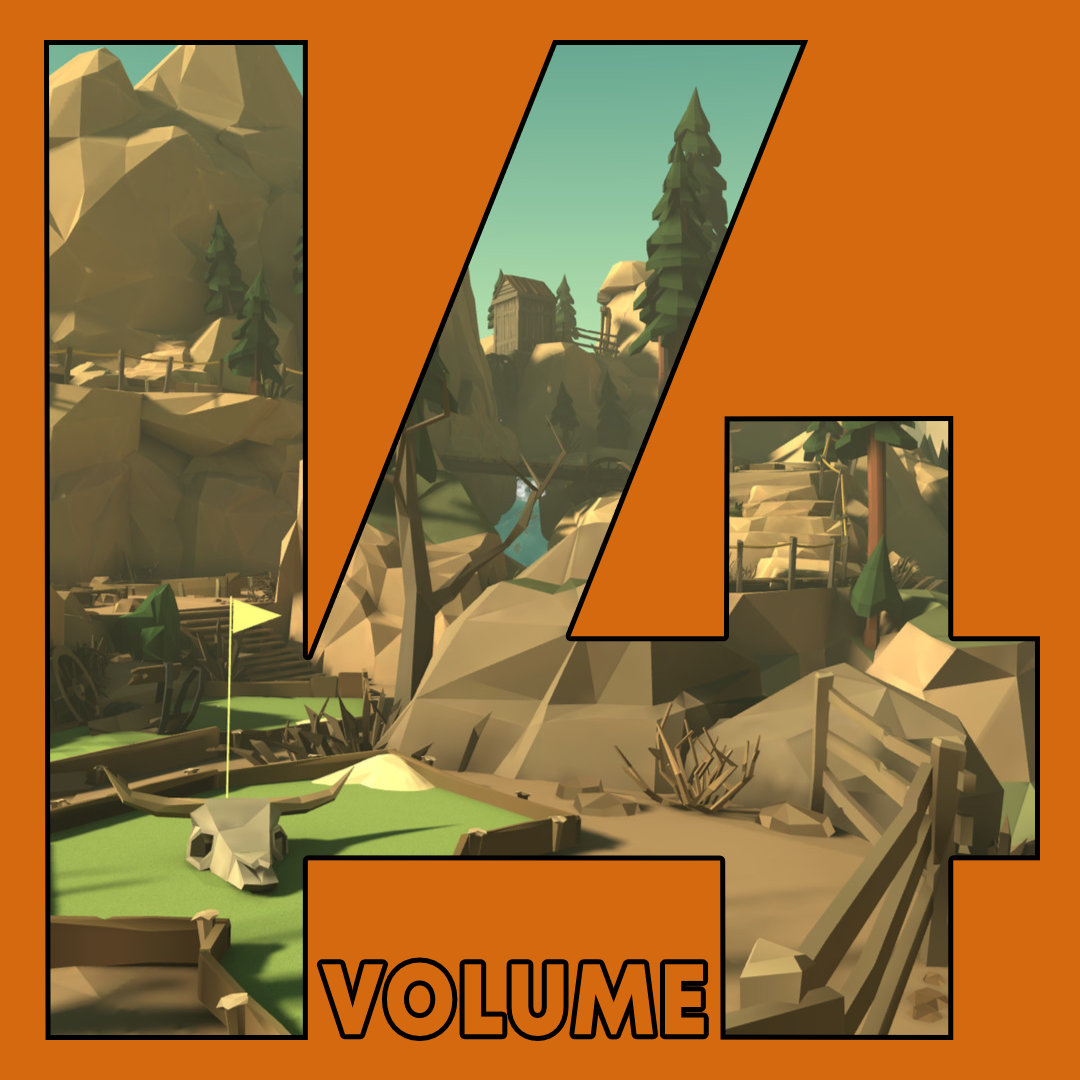Stealthy steampunk stings on Switch
I’ve got $6000 on me and I could leave now via the airship that is parked just outside. Yet behind this locked door is a computer terminal which I can hack for several thousands of dollars. The problem is that this PC is guarded by a sentry turret, two mines, and a burly robot who looks tough enough to give me pause.
Do I risk being killed for the couple grand or do I take off with the loot that I’ve already gathered?
This is the perpetual dilemma I encountered in The Swindle, the heist platformer developed by Size Five Games that was recently released on Nintendo Switch. It was originally released for all major platforms in 2015 and just recently jumped to Nintendo’s console/handheld hybrid.
Set in a fictional, late 1800s London, The Swindle is a heist game that plays within the cyberpunk medium to create an original atmosphere. Scotland Yard is in the process of developing The Devil’s Basilisk, a device that will allow the authorities to identify all criminals and ne’er do-wells and put them away for good. Good news for you is that the Basilisk is not set to be completed for another 100 days. In these remaining days you have to track it down, steal it, and stop Scotland Yard from busting your burgling activities for good.
From the outset, The Swindle is visually striking. Your randomly generated burglar looks cool and capable, their fashion sense seeming positively anti-establishment and revolutionary. The robots guarding the place look like they’ve been cobbled together with spare garbage cans and cogwheels, adding to the steampunk aesthetic. They don’t look particularly formidable but there is a menace there that indicates that, if they spot you, you could be in trouble. The buildings and backdrops create a dreary atmosphere that very much feels like you are creeping in the open window in the middle of the night. It’s damp and dark, the perfect time for doing underhanded deeds. Add to this an absolutely stellar soundtrack and the mood is most certainly set.

Starting off as the aforementioned burglar, the player is tasked with sneaking into a building and nabbing as much cash as possible. The building is relatively unguarded and, by sneaking around and knocking steam-powered robot guards out with your billy club, you are supposed to amass enough cash to purchase some upgrades for your criminal kit. Each heist takes one day off of the clock so, whether successful or not, you have only 100 chances to amass the cash necessary to make a run at the Devil’s Basilisk.
If your burglar survives the heist and escapes with a majority of the cash you are granted with an XP boost that adds a multiplier to the money you will earn on the next heist. Each successive successful heist will add to that multiplier so there is an incentive to keep your crook in the land of the living. If your burglar dies, he or she is unceremoniously replaced with another burglar with a hilarious, randomly generated non-descript name like “Hortense Bloodbreaker”. This can create some interesting scenarios for the player. If your burglar has had five or six successful heists in a row, you’re probably going to be careful with them because they are now getting double the money, or more, from each heist. If it’s your burglar’s first job, you might be more willing to throw them into tough situations because there isn’t that much on the line. These two motivators can inspire two completely unique playstyles.

At the beginning of the game there is only one heist location unlocked. It becomes clear very early that you will need a lot of cash to open up all locations and make your run at the Devil’s Basilisk. To make this possible, you will need upgrades.
The upgrade trees in The Swindle represent different categories like abilities, tools, and agility, all of which have upgrades on which you will need to spend your stolen dough. There is also a miscellaneous tree that unlocks all five heist stages and a couple of progression based upgrades. During my playthroughs, I found that it is necessary to unlock close to all of these upgrades in order to successfully steal the Devil’s Basilisk. This requires an obscene amount of money stolen from each level.
All levels in the Swindle are procedurally generated so each heist will be unique. When starting the game, these procedurally generated levels keep things interesting by changing objective placements and starting locations. As I started completing heist after heist though, I started to have some major problems with the procedural generation.
An example of this came in the second level, The Warehouse District. One of the obstacles that starts appearing during these levels are mines that explode if you step on them. If you have upgraded hacking, you can hack these mines to turn them friendly. Sometimes a mine would be placed directly on the opposite side of a door. The problem with this is that the button prompt for opening the door and the button prompt for hacking the mine are the same. When a mine would be placed next to a door, I would open the door but be not be able to hack the mine because each time I hit the button, the game would think I wanted to close the door again rather than hack the mine. In a tight hallway, a setting typical in this game, this meant that I would be forced to try and spam the button in hopes that I could ‘trick’ the game into doing what I wanted to do. More often than not my only way forward would be to run mast the mine and hope that I could outrun the blast radius, something that I was only successful at a portion of the time.

If this was a one time occurence I wouldn’t have mentioned it but it happened at least a dozen times in my playthroughs, along with several other instances of the procedural generation halting my progress. These included, but were not limited to, enemies being placed in positions where they were impossible to get to, enemy path patterns making some rooms completely inaccessible without being detected, and spiked pits being placed in areas that were unavoidable. In these moments, which came too often, I felt like it wasn’t my own ineptitude stymieing my progress but rather poor design and sloppy procedural generation.
On top of the barriers provided by the stage design, The Swindle is a very difficult game. The utmost patience is required in order to move through these levels undetected because once you are spotted, the police are alerted and you must escape before being apprehended. As the levels progress the enemies become stronger and better equipped. The robots start out as lumbering patrolmen who are easy to creep up on but, in later stages, you will take on a wide variety of enemies and drones that aim to stop your progress.
The enemy’s field of view is represented by a yellow shaft of light that shoots out of the front of them. If you stay out of the light, they won’t see you and you will pass right on by. In later stages enemies are equipped with projectile weapons, there are drones that fly around seeking you out, and there are even enemies who can detect you if you make too much noise.

These enemies can be brutal, but I never found them unfair. If I was spotted, I found that it was mostly because I had rushed and made a mistake. Through the creative use of the tools in my arsenal, I was almost always able to find an efficient way to get past the robot overlords. When I was successful in these encounters I felt very satisfied because the challenge was usually rewarded with a shiny computer I could hack for loot.
In order to progress to the later stages in the game the player needs to amass enough money to unlock to them. The first stages are relatively cheap but the purchases quickly ramp up to costing hundreds of thousands of dollars for the last couple. In my first two attempts to get the Devil’s Basilisk in the 100 day limit, I wasn’t able to come close to the amount of money necessary to unlock the stages.
According to the limited amount of info that the game was giving me, I thought my primary way of making money was to hack computers in each level. At best, on successful heists, I was only netting 10-12K a level. In order to unlock the rest of the stages, I needed to steal over £750,000, without taking costs of upgrades into considerations. With only 100 attempts allowed per run, I couldn’t seem to get the money I needed.
The Bug is a tool that slowly siphons money out of computers even after you have finished a heist. You will see a notification at the bottom of the screen telling you how much money The Bug is collecting every second. While at first you can only carry one Bug per heist, you can still put them on computers in successive heists, meaning that if you were efficient, you could have six or seven bugs running at once, all collecting money for you when you were no longer in the stage.
I noticed The Bug tool on my skill tree during my second run of 100 days, after approximately six hours of play. It cost £35,000 so I was hesitant to buy it because those were funds that I was always saving to try to unlock more levels. What I didn’t know is that without the use of The Bug it is nearly impossible to get enough money to progress through the game. The problem is that the game never told me this.
The Swindle has a problem communicating information to the player. I know we live in the post Dark Souls, bash your head against the problem until you find the solution world, but The Swindle feels cheaper than that. At the beginning of the game there are little icons that contain info that you need to progress. Beyond the initial hacking upgrade, the game never makes any suggestion to what upgrades you should pursue. In fact, the ability tree is set up in such a way that suggests that The Bug is a late game item that should be at the end of your list. The problem is that, by my estimation, completion of the game is reliant on the use of this upgrade. The lack of any tutorial that pushes the player in the direction of The Bug feels like a near deliberate waste of the player’s time. I had put hours into the Swindle before purchasing The Bug and, while I did learn the game’s mechanics during that time, I feel that a lot of my initial frustrations could have been alleviated by a little guidance from the game design.

Once this upgrade was purchased, earning money was much easier. I was able to comfortably unlock all of the upgrades on every skill tree and in doing so, I really opened up my playstyle. Abilities like a steam cloak that allowed me to attack without being detected and a teleporter that I could use to zip through walls became essential gadgets in my belt whereas before I couldn’t dream of purchasing them because of money constraints.
One of the things The Swindle excels at is giving you reason to use your tools. I’m not sure if it is just good pacing of if the different enemy types are unlocked as you unlock skills but I felt that when I unlocked an item I instantly had a reason to use it. When I got an EMP blast, all of a sudden I had more sentry drones and cameras to dispatch. Upon unlocking my remote detonator, I was suddenly finding more mines in my path. This didn’t feel forced upon me but rather as if the world was reacting to the tools at my disposal and adjusting accordingly. There were more reasons to use my tools and this made me feel more powerful. All of a sudden, a room that had previously looked like it was impenetrable was now a challenge that I was up to. Even when approaching the end I still felt like I was getting more powerful and becoming a more capable thief.

I finally nabbed the Devil’s Basilisk on my fifth full run. It took over 400 heists and over 275 deaths. In order to make the successful final heist, I had to use every gadget and gizmo I had. Even with these tools, It was a struggle to find my target and escape without detection. When I succeeded, I was filled with an even mixture of pride and relief.
I had attempted this final heist a number of times with little or no success. In some of these attempts I blew some big opportunities and was detected because I was impatient. On other runs, I was stalled by poor procedural generation, rooms that were inaccessible despite all of my tools, and enemy placement that was impossible to avoid. My experiences during these final attempts are a fairly accurate summary of my thoughts on this game.
When working well, I think The Swindle is a tough as nails stealth platformer that is as engaging and rewarding as it is difficult. When the procedural generation is not player-friendly, The Swindle feels like a game of unfair odds where you are put into impossible situations with almost no chance of success.
I am glad that I have spent time with The Swindle and can recommend it as a completely unique experience for fans of stealth and platforming. For me though, I think I might be hanging up the ski mask and getting out of the thieving game.
But who knows? Maybe I could be enticed out of retirement for one last job…













